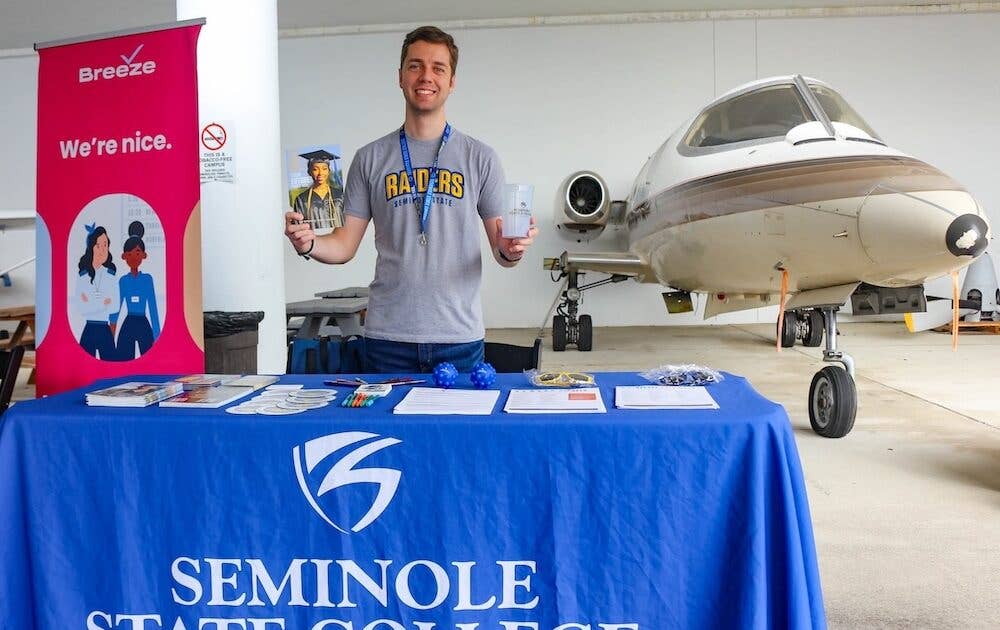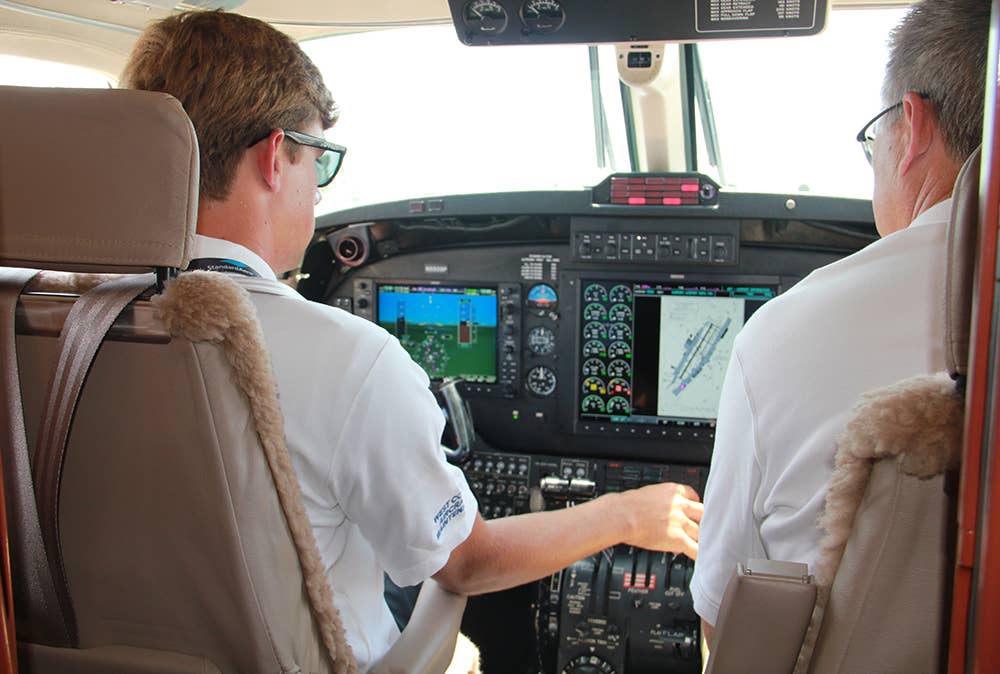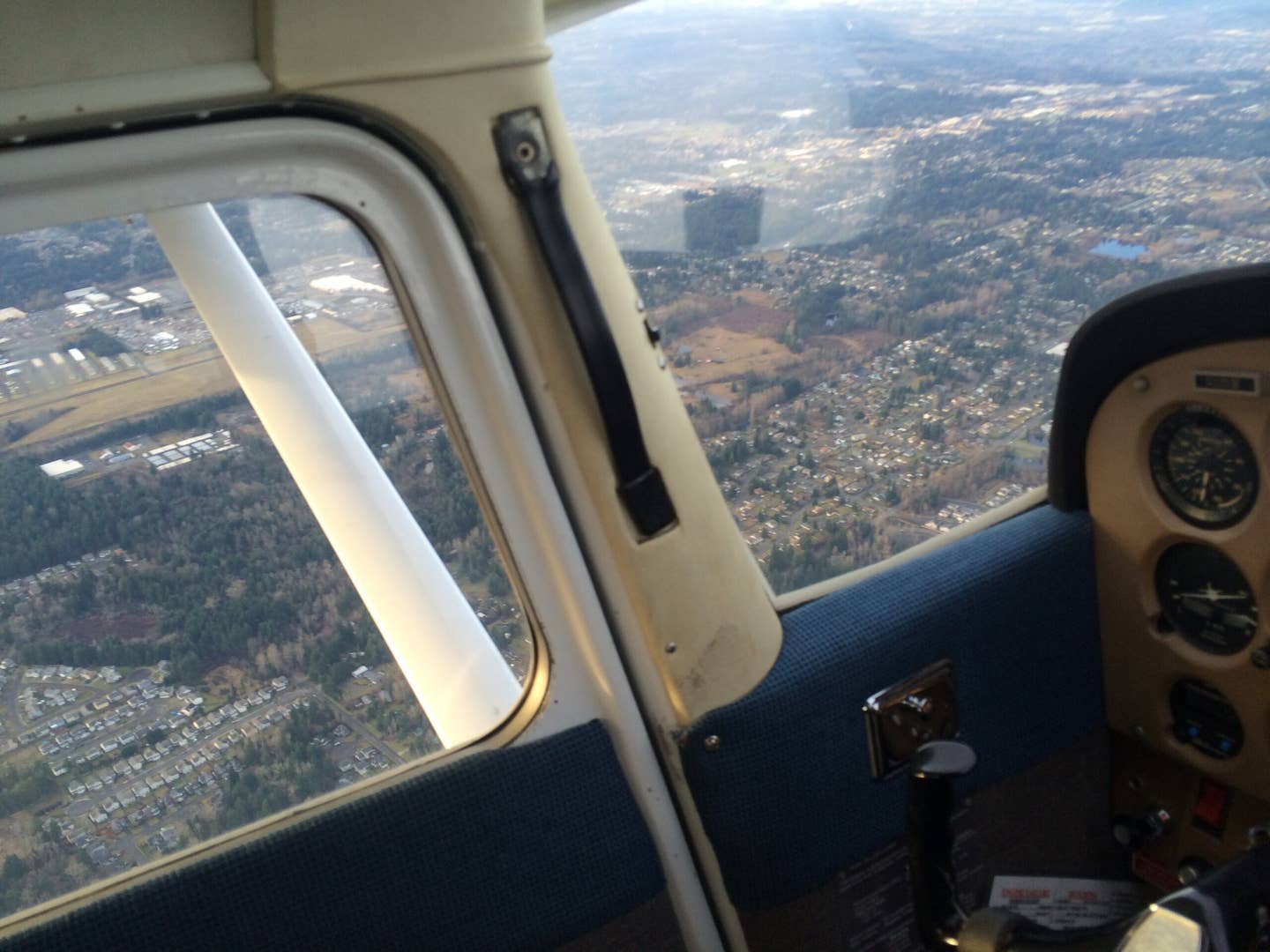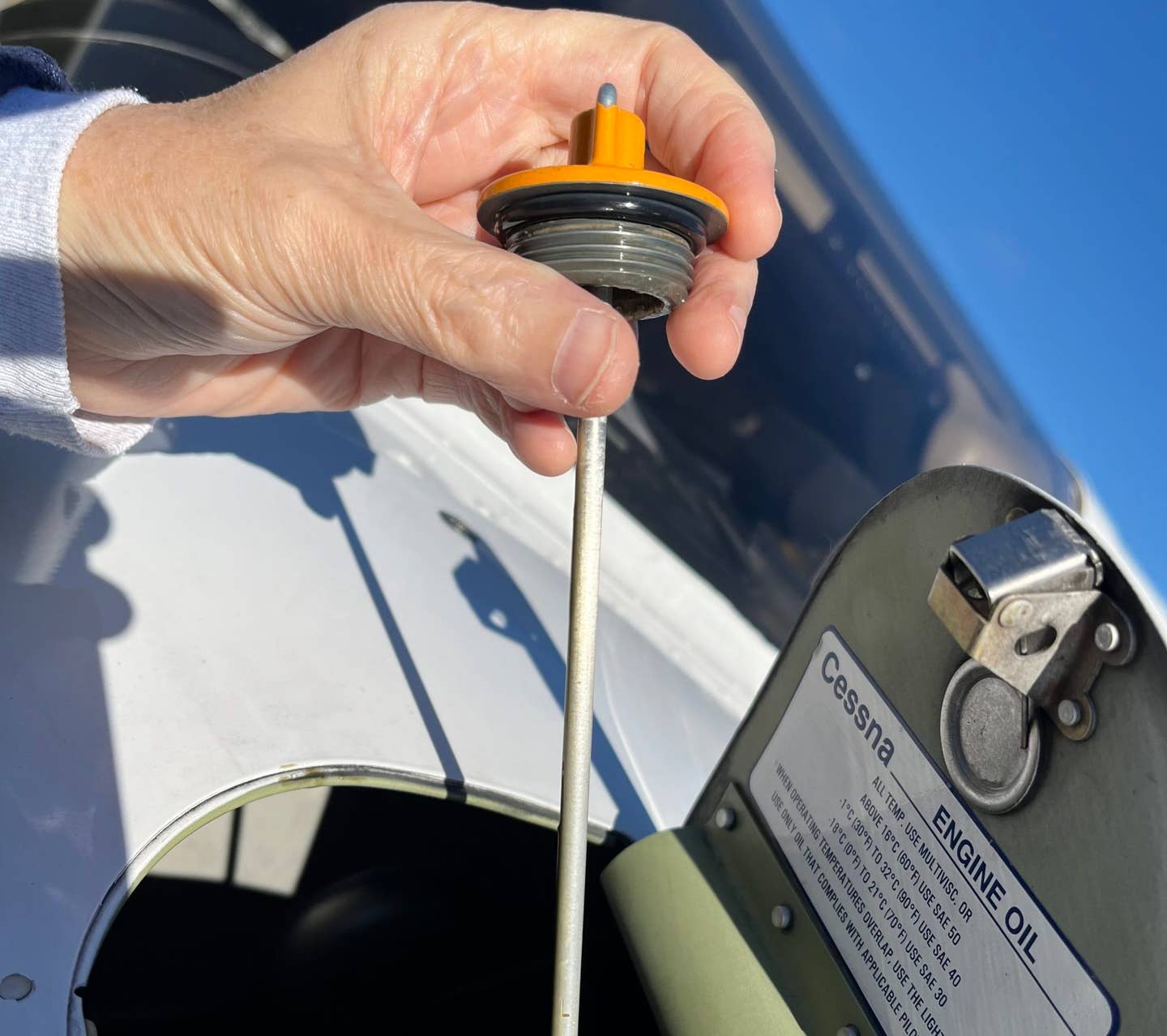Discovering Situational Awareness in the Instrument World
Understanding IFR approaches, even before beginning instrument training, can help head off challenges when flying outside a favorite practice area.
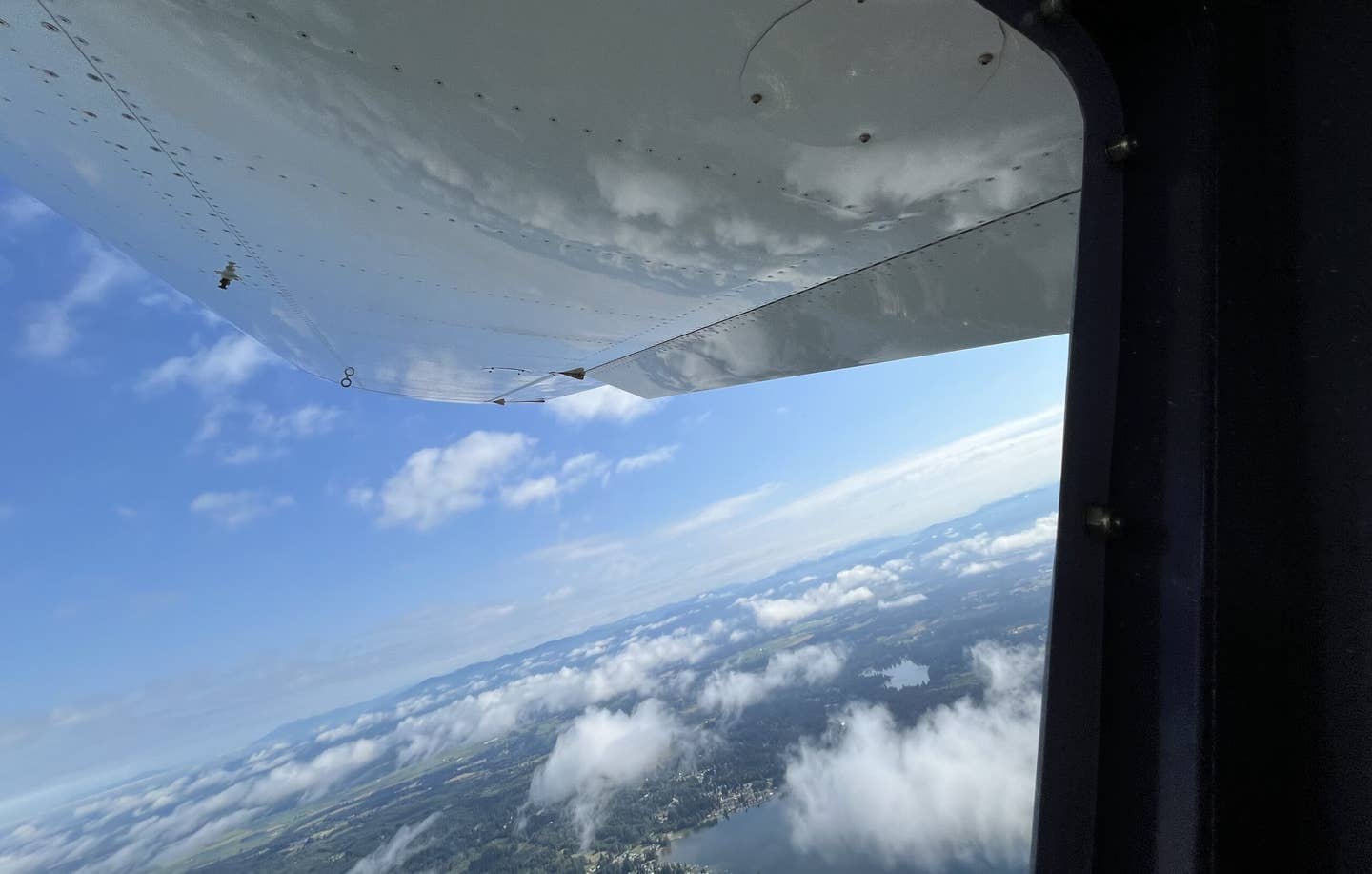
Most part private pilot candidates usually don’t learn about the IFR approaches until they begin their instrument training. [Courtesy: Meg Godlewski]
We were in the practice area south of the airport with the radio tuned to Seattle Approach.
Although we were not getting flight following—the request was denied because ATC was too busy—I insisted on monitoring the frequency. I was about to explain why to the learner when another pilot requested the RNAV 35 approach to the airport starting at ARWEL, an IFR fix a few miles to the east of us and about 1,000 feet above us as published.
“We’re about to have company out here,” I said.
The learner, who had been a private pilot for several years but did not have an instrument rating, mentioned he flew in this area often and saw a lot of airplanes, but they were never on the airport frequency.
“That’s because they are on with Seattle Approach,” I replied.
We talked about how this is different from the air-to-air communications frequency used in the other practice areas that pilots used to announce their location and intentions. Not only do these auditory tools back up the ADS-B information, they also prepare learners for their cross-country flights and instrument training, which as any IFR pilot will tell you, is radio intensive.
- READ MORE: The Confidence Factor in Learning to Fly
The experience requirements for a private pilot certificate per CFR 61.109 include three hours of flight training in a single-engine airplane on the control. Also required is the maneuvering of an airplane solely by reference to instruments, including straight and level flight, constant airspeed climbs and descents, turns to a heading, recovery from unusual flight attitudes, radio communications, and the use of navigation systems/facilities and radar services appropriate to instrument flight.
Usually, this experience comes from the learner donning a view-limiting device and spending .2 to .5 of an hour under the device while they fly headings, altitudes, and maneuvers at the direction of their flight instructor.
Occasionally a CFI will pick up an IFR clearance and have the learner fly an approach into an airport. But for the most part private pilot candidates don’t learn about the IFR approaches until they begin their instrument training. This can be a challenge when the learner flies out to their "favorite practice area," blissfully unaware that they are close to IFR fixes—essentially, they are "playing on the freeway."
Know Where the Traffic Congregates
In ground school we learn to be extra careful near VORs, over published ground visual checkpoints, and in the traffic pattern because these are places where aircraft congregate. We should be mentioning IFR fixes as well that may be well away from an airport.
Do you know where the instrument approaches begin at your airport? Ask an instrument-rated pilot, like a CFI, to show them to you. This is best done pulling up the appropriate instrument approach plate and comparing it to a VFR sectional. You may discover that your favorite place to do turns around a point is just 1,000 feet below an initial approach fix for the ILS.
- READ MORE: The Art of Ground School
Some flight schools make photo copies of the local instrument approaches and overlay them on a VFR sectional so that their noninstrument-rated pilots will know where they are. This is accompanied by textual descriptions of what to be on the lookout for and appropriate procedures, such as listening on a particular frequency or an altitude limitation or caution.
According to the renter pilot I was flying with that day, he had no idea he was in the vicinity of the RNAV approach and what altitudes were used by the pilots flying the approach. Although the conditions were VFR, we obtained an IFR clearance and executed the RNAV 35 into the airport so he could see where the pilots flying the approach would be in relation to where he liked to fly.
He was delighted. He had been flying for years but never knew what was going on in the instrument world. He said he had no intention of getting his instrument rating but was happy to have better situational awareness—and learning took place.

Sign-up for newsletters & special offers!
Get the latest FLYING stories & special offers delivered directly to your inbox

